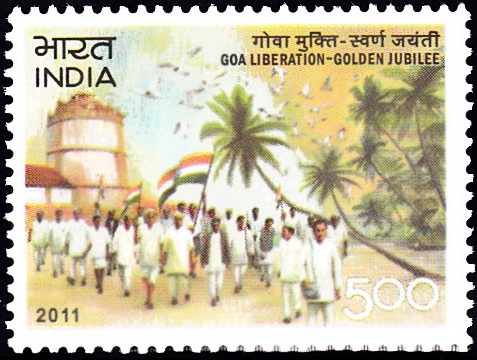
Goa Liberation
A commemorative postage stamp on the Golden Jubilee of the Goa Liberation Movement (Annexation of Goa), a movement sought to end Portuguese colonial rule in Goa, India :
Issued on Dec 19, 2011
Issued for : India Post is happy to issue a Postage Stamp to commemorate the Golden Jubilee of Goa Liberation.
Credits :
Stamp/FDC : Kamleshwar Singh
Cancellation : Alka Sharma
Type : Stamp, Mint Condition
Colour : Multi colour
Denomination : 500 Paise
Stamps Printed : 0.3 Million
Printing Process : Wet Offset
Printer : ISP Nashik
About :
- The Portuguese advent in India gained momentum in 1510, with the invasion of the Western coast line and annexation of a few colonies including Goa. Though the people of Goa were peace loving they resented Portuguese occupation of their territory and the accompanying reprisal measures. They sought liberation. The first spark of the freedom movement was ignited by the Ranes when Dipaji Rane spearheaded a revolt in 1852. Another one followed in 1885, led by Dada Rane. The last rebellion took place in 1912, and the leaders at the forefront Morya Sawant, Jill Sawant and their companion Cutodio (Quistulo) were killed due to treachery. In all, there were 14 rebellions by Ranes but all of them were crushed. Consequently, activities of the freedom movement were shifted beyond the borders of Goa.
- Many organisations like National Congress Goa, Azad Gamantak Dal, United Front of Goans, Goa Liberation Council, Goan People’s Party, Quit Goa Organization and Goa Vimochan Sahayak Samiti were formed. Some believed in armed struggle. They infiltrated into Goa and attacked Portuguese troops and their supply positions.
- On 18th June 1946 people assembled under the leadership of Dr. Ram Manohar Lohia to defy the curbs on civil liberties and chart out the future course of action towards freedom and democracy. A seminar on Portuguese colonialism was held in New Delhi in October 1961 in which the leaders from Africa called upon Jawahar Lal Nehru, the then Prime Minister to lead the struggle of liberating Portuguese colonies. At the end of the seminar there was a public meeting in Mumbai during which the Prime Minister declared : “We have to think afresh now because of the happenings in Goa. In the last three months, cases of torture have come to our notice besides terror that is spread there by the Portuguese. We will have to adopt other means to solve the problems. Goa will soon be free“.
- The Indian Army, assisted by Air Force and Navy, launched an armed action code named “Operation Vijay” on 18th December 1961. The liberation of Goa from Portuguese occupation was completed on 19th December 1961. On 20th June 1962, the status of Union Territory was conferred upon Goa, Daman and Diu. In the opinion poll that took place during 1967, people of Goa firmly voted to retain their separate identity, rejecting merger with the State of Maharashtra. Finally, on 30th May 1987, Goa was accorded statehood and Daman and Diu were bifurcated and accorded the status of Union Territory.
- Goa is situated along the Konkan coast of India. It has a coastline of 105 km, Six rivers, namely Mandovi, Zuari, Sal, Terekhol, Chaporaand, Talpona flow through the State. The climate of Goa is generally pleasant and equitable throughout the year. The beaches of Goa attract tourists from all over the world.
- Text : Based on the material provided by the proponent.

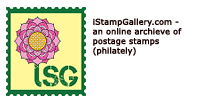

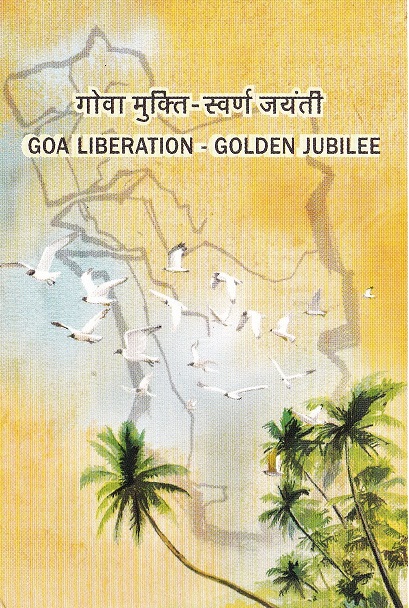 Issued by
Issued by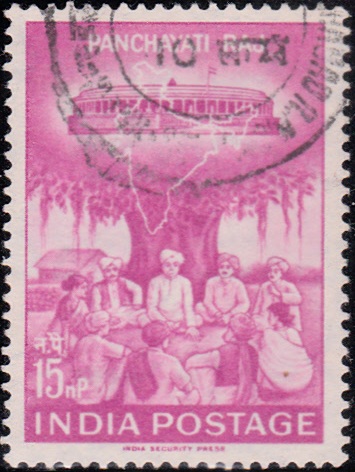
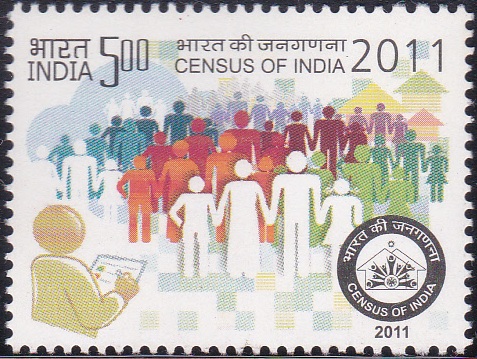
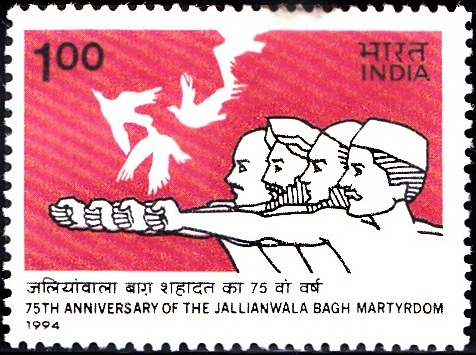
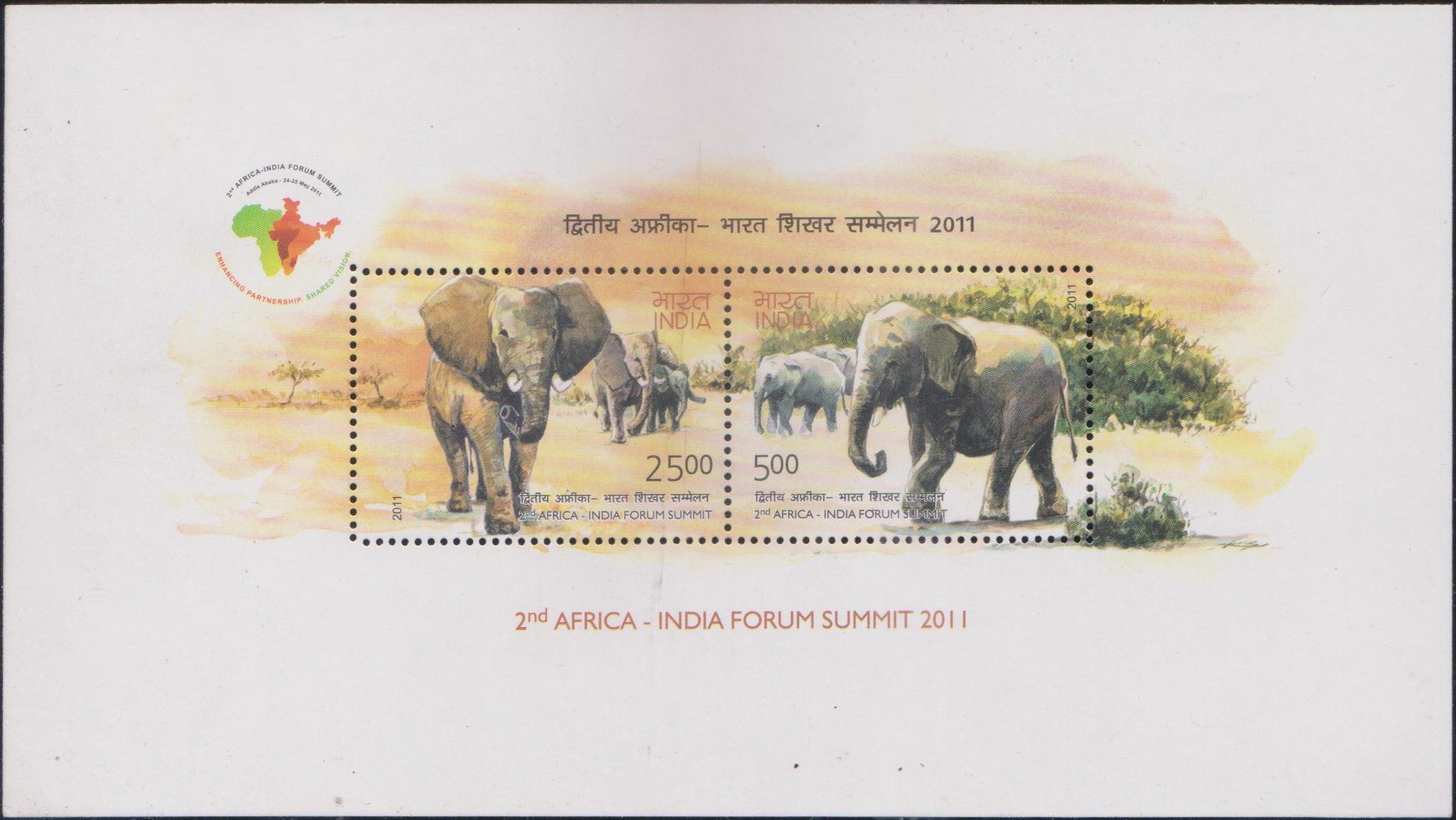
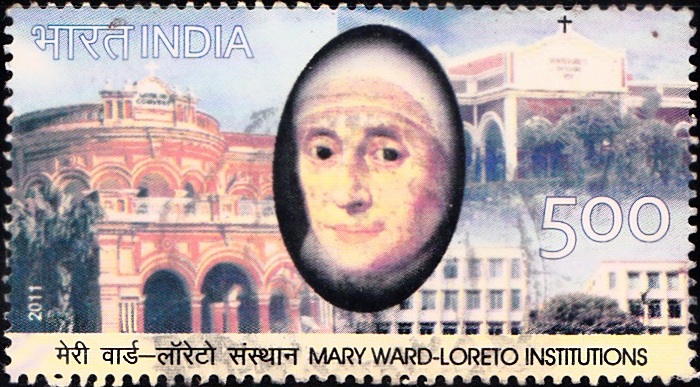
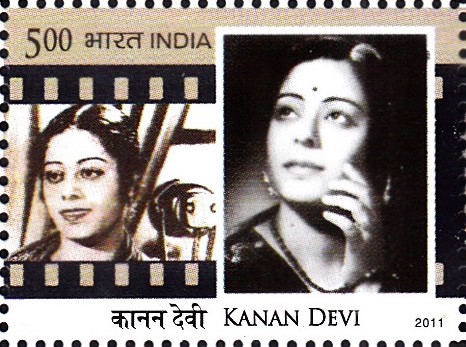
[…] years following Goa’s Liberation were those of consolidation and expansion, when his son and eventual successor, Vasudeva V. Dempo, […]
[…] of the Praja Socialist Party for five years. Goray also took part in satyagraha movement, for liberalisation of Goa from Portuguese imperialist domination and was jailed for some time. He was mayor of Pune in […]
[…] Unit and was redesignated as Second Battalion, the Parachute Regiment. The Battalion took part in liberation of Goa in 1961. In 1965 Indo-Pak war, the Battalion saw action in Rann of Kutch and Lahore Theatres. In […]
[…] Ashoka Chakra Class II (Posthumously). In 1961, the battalion participated in Operation Vijay for liberation of Goa, and as the advance guard, were the first troops to enter Goa and it won the theatre honour […]
[…] to mark 200 years of unbroken service and followed it up with a swift entry into Panjim, Goa during operation Vijay against the Portuguese. In 1965, new chapters were added when the Battalion captured the famous […]
[…] being re-equipped with Canberra aircraft, the Squadron got its first operational assignment during liberation of Goa, and carried out bombing attacks over Dabolim airfield. A few sorties were also mounted in support […]